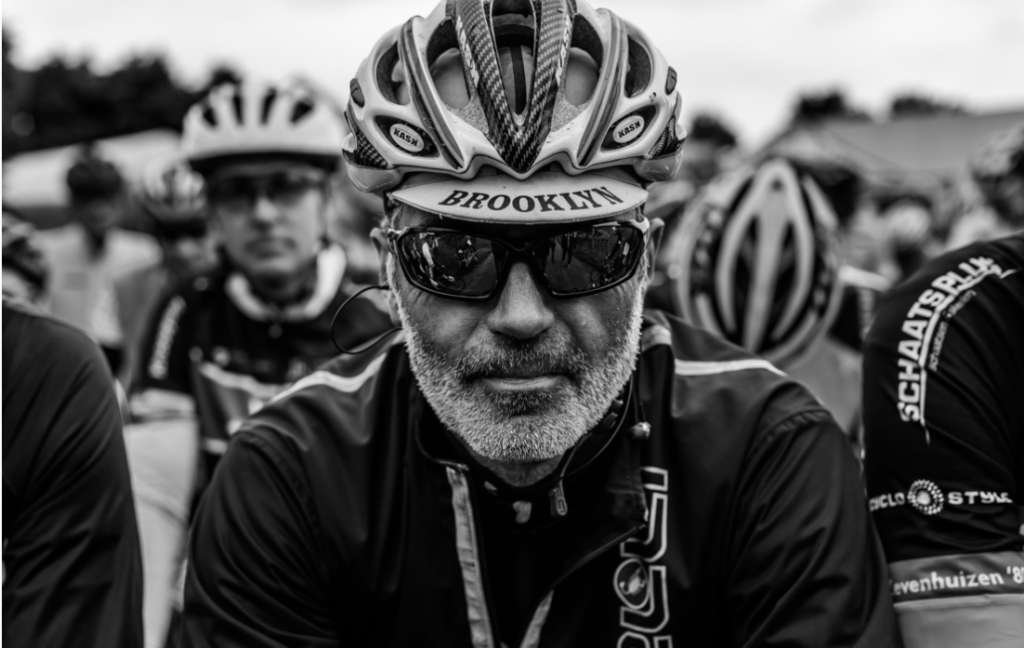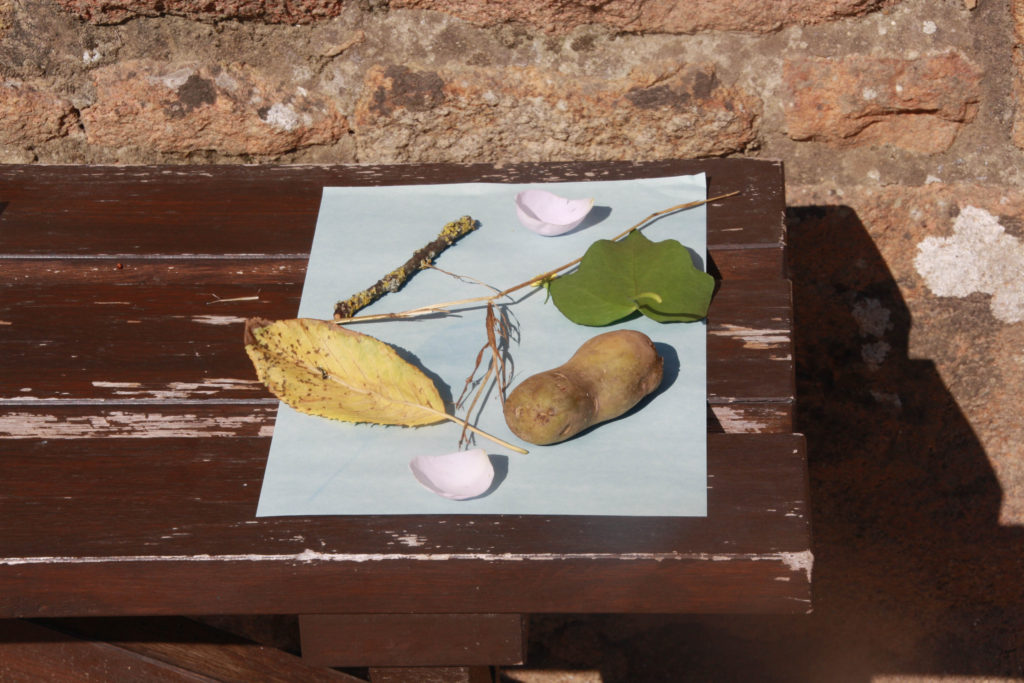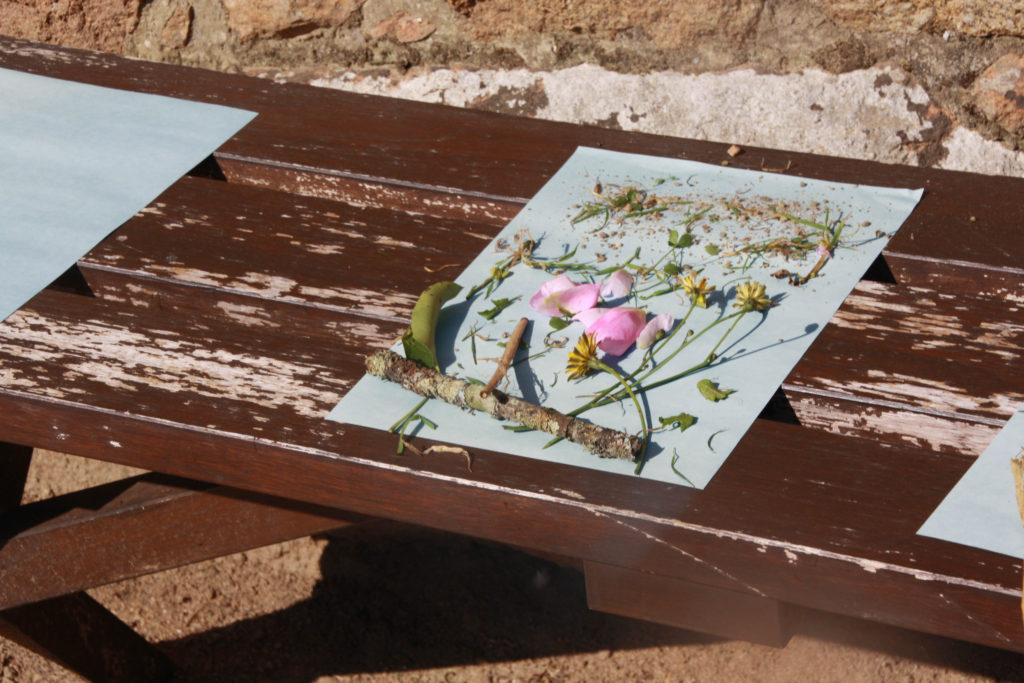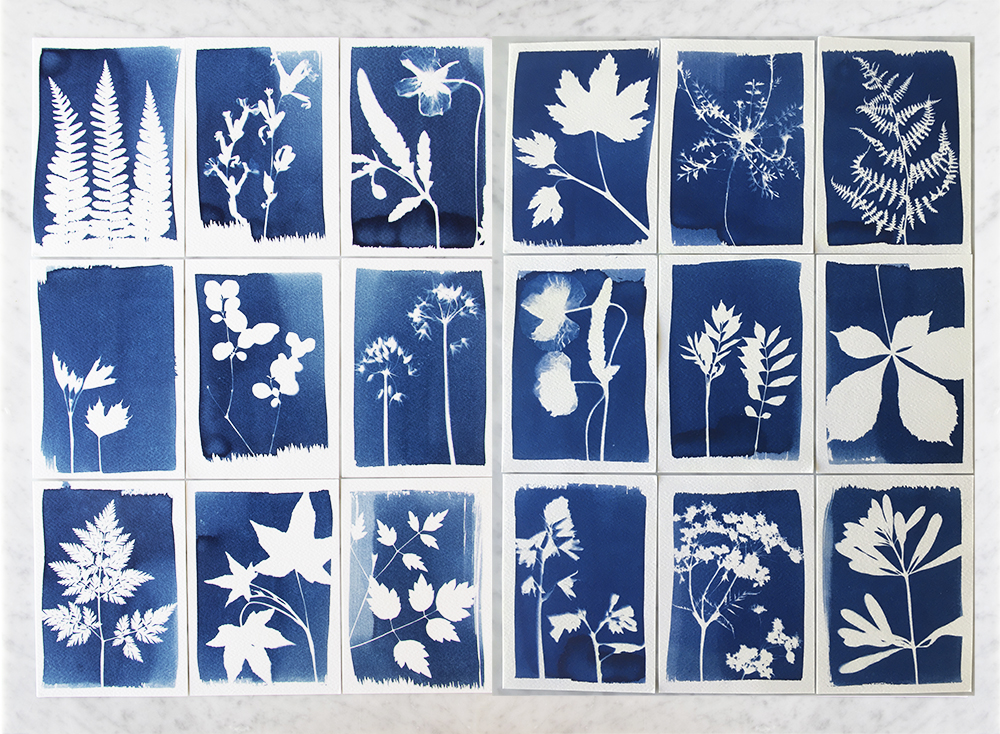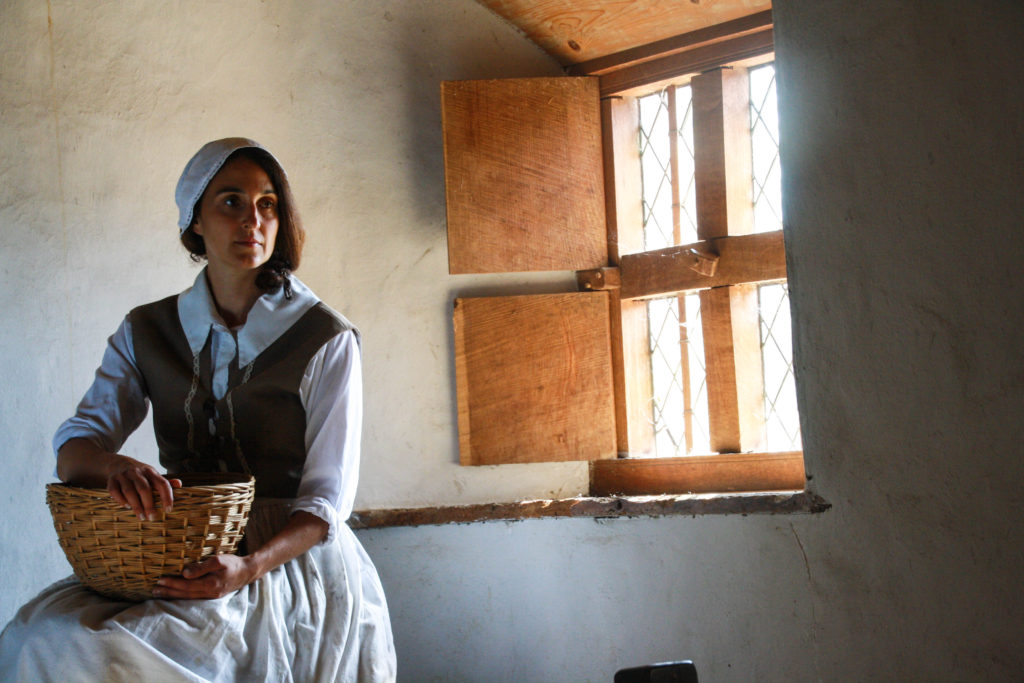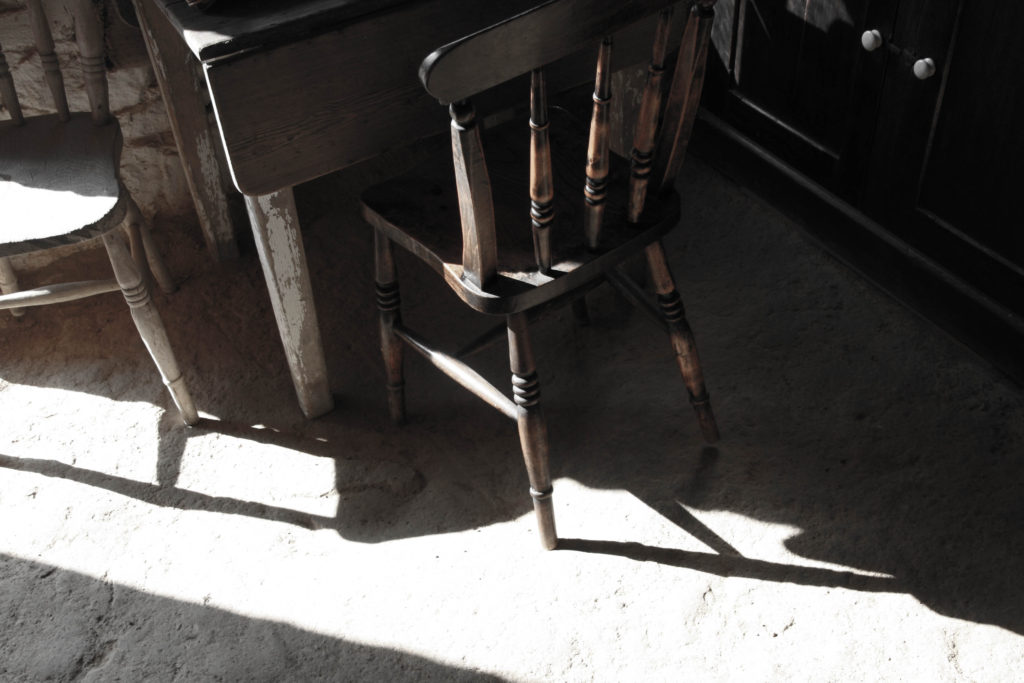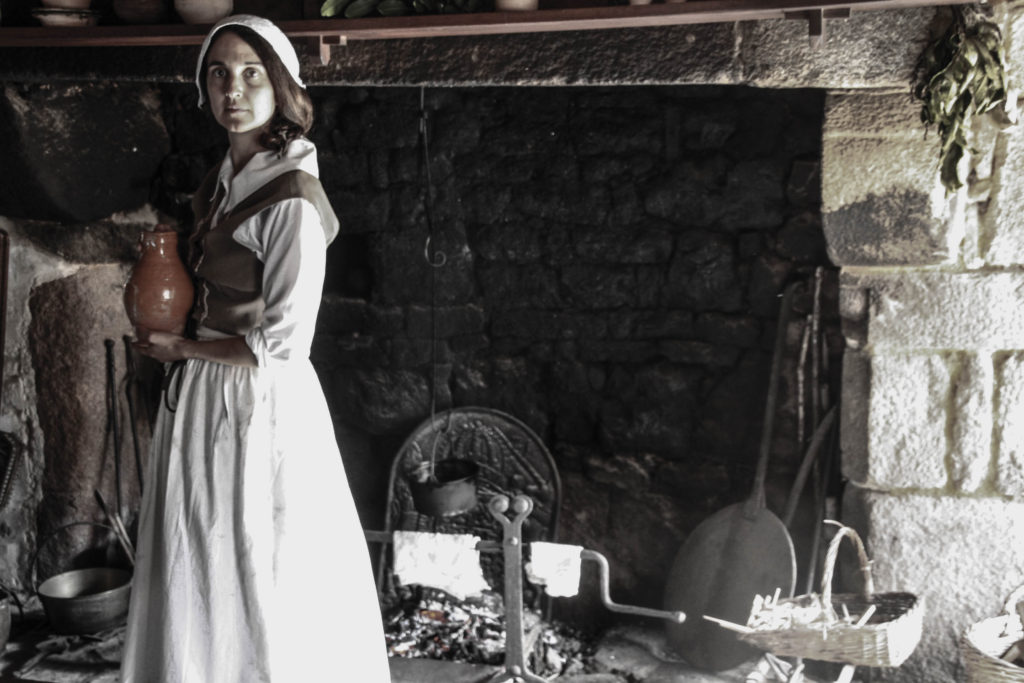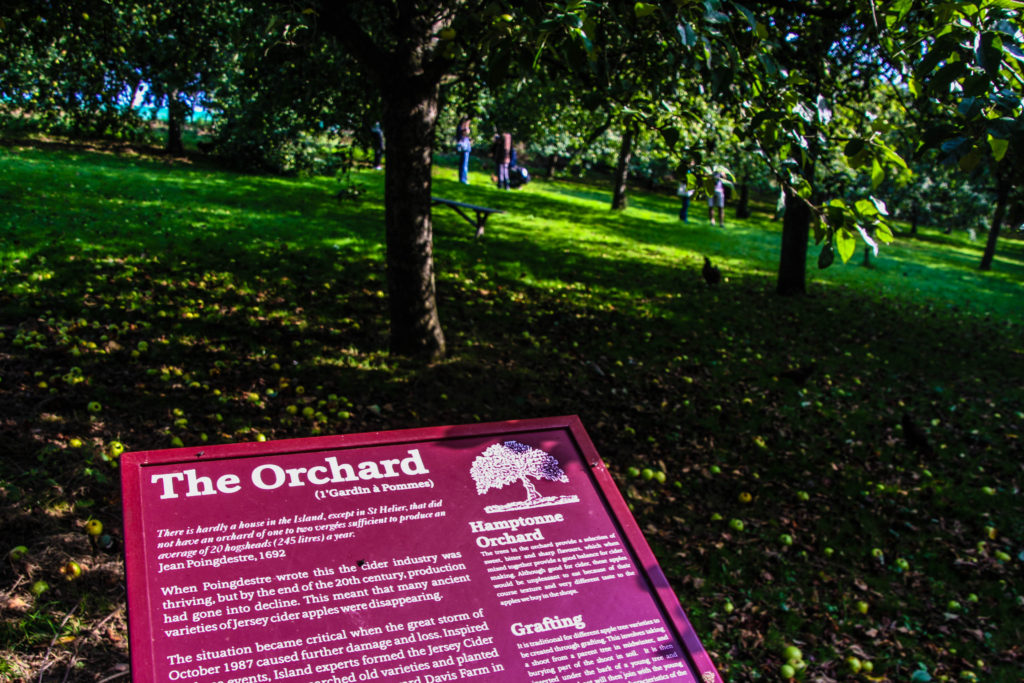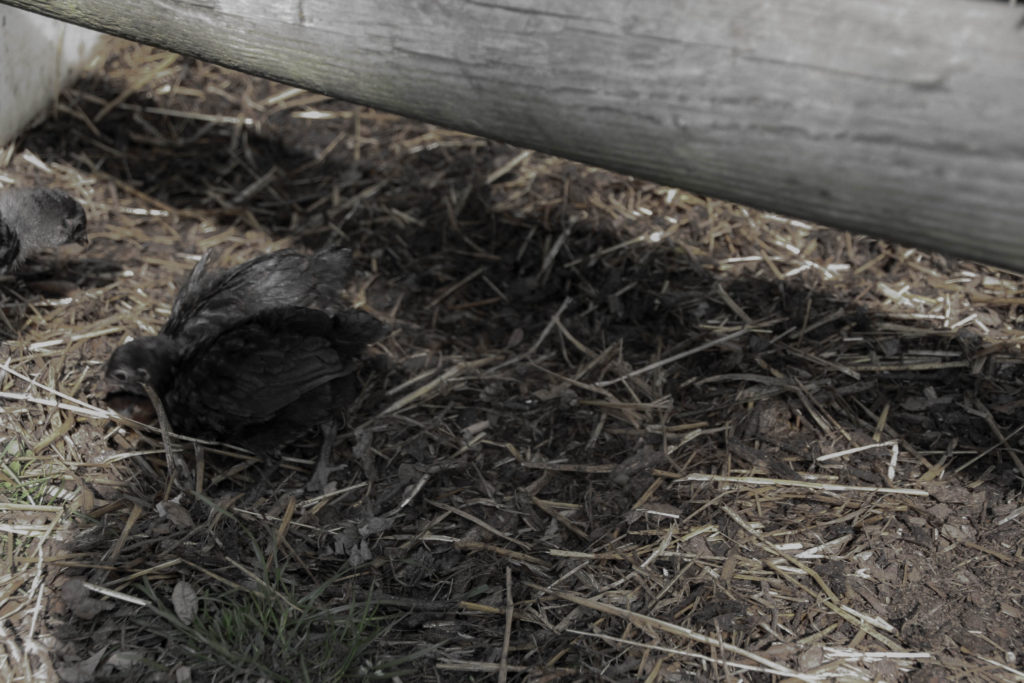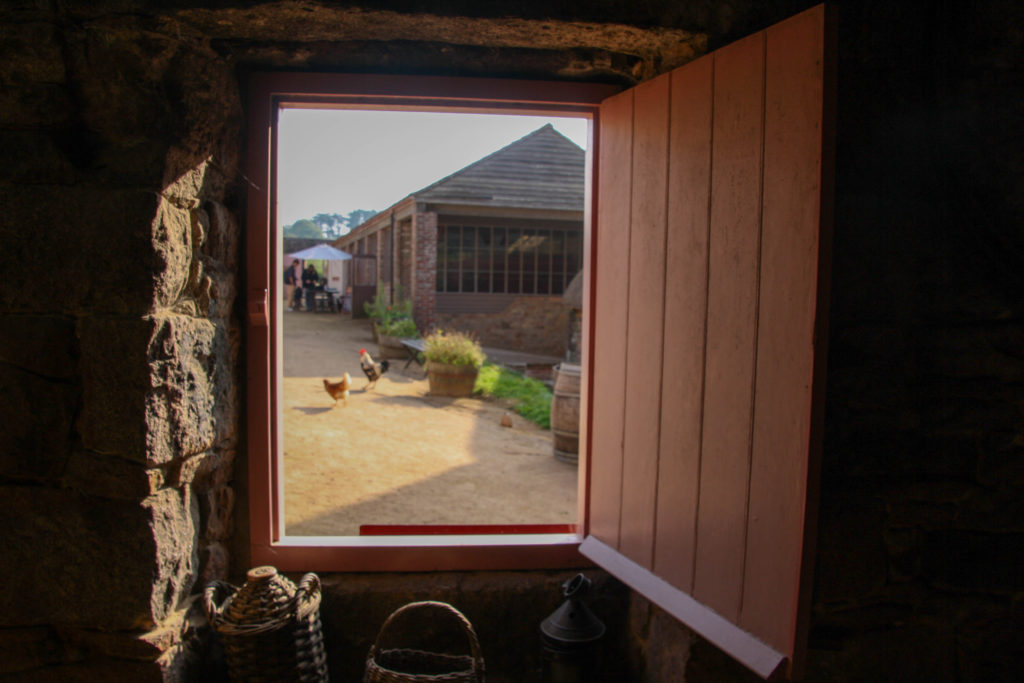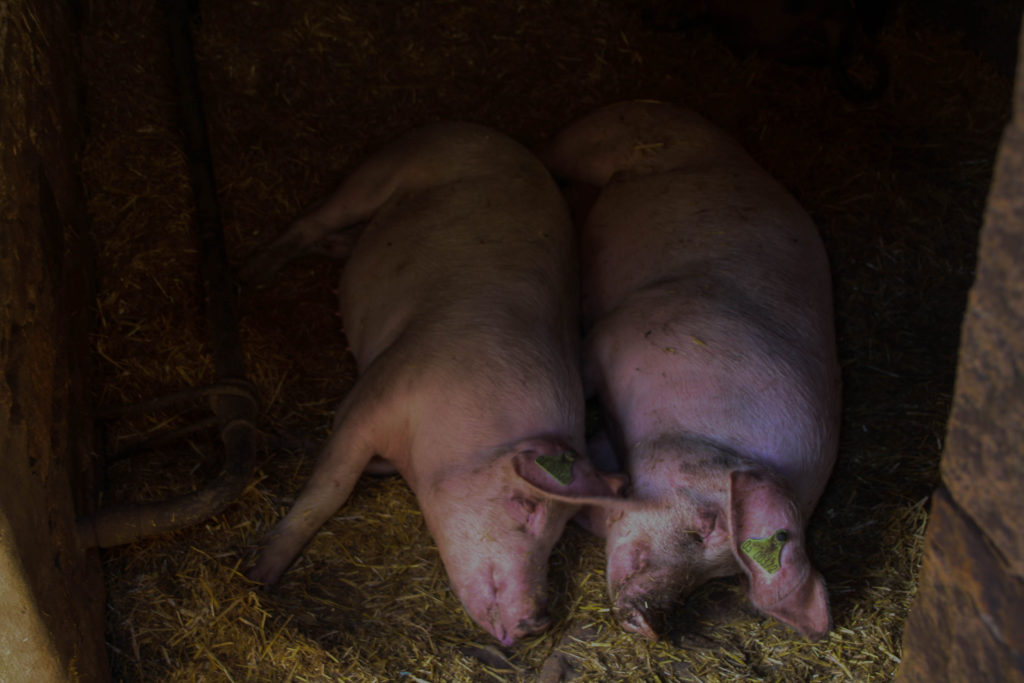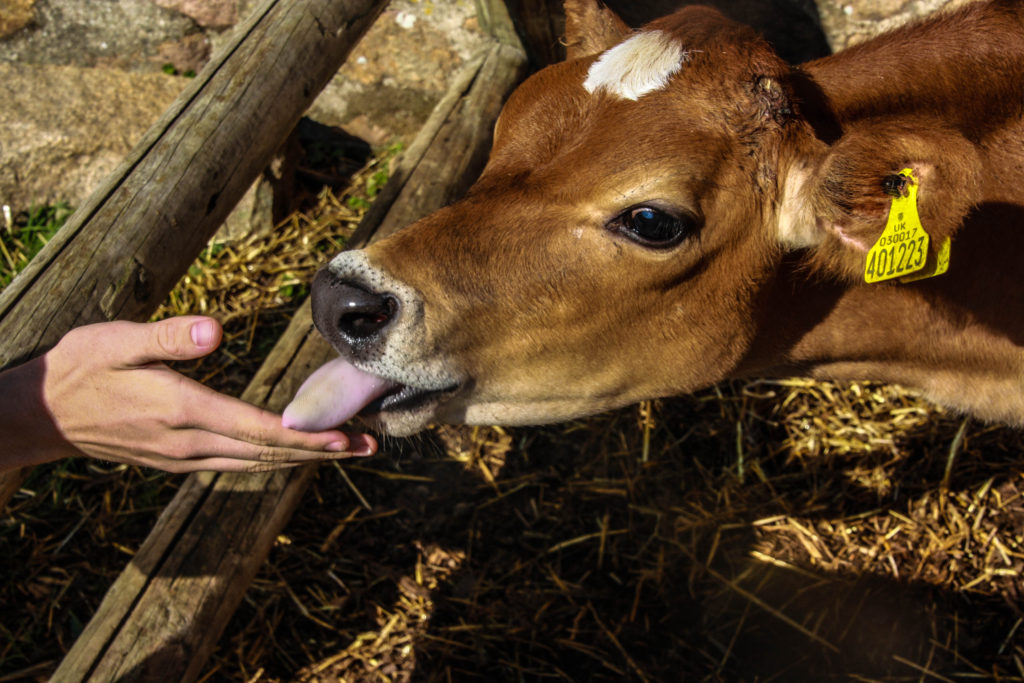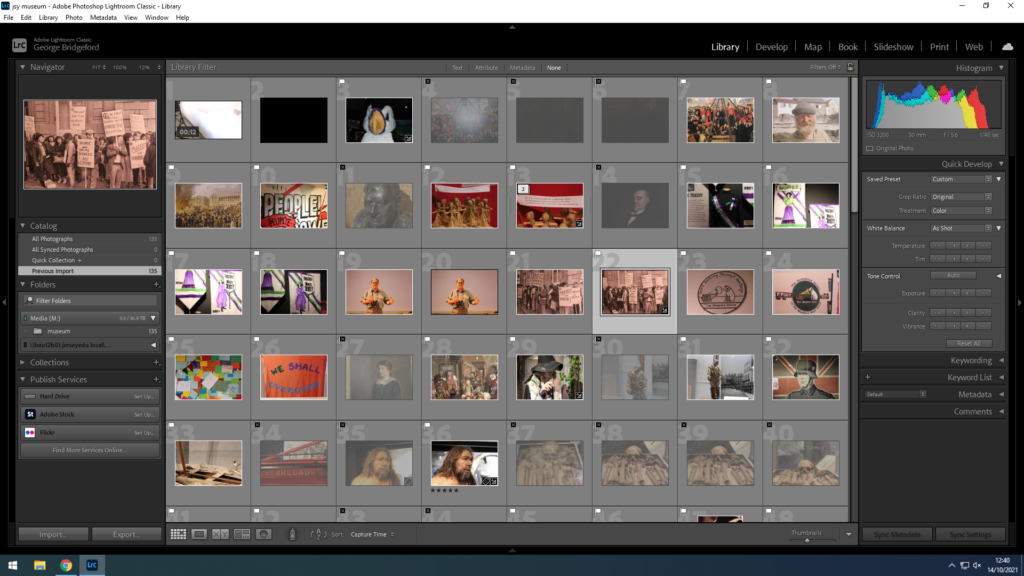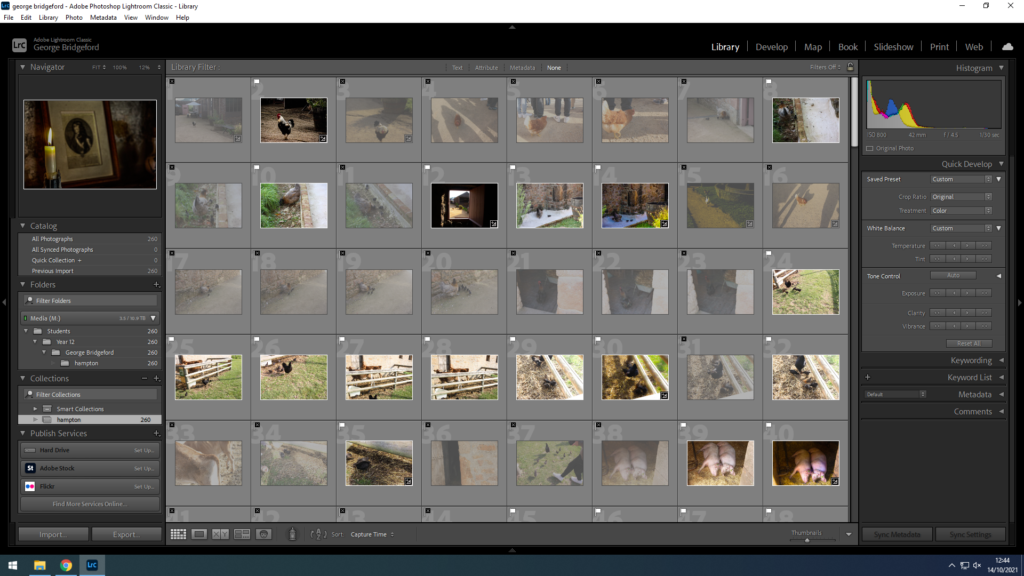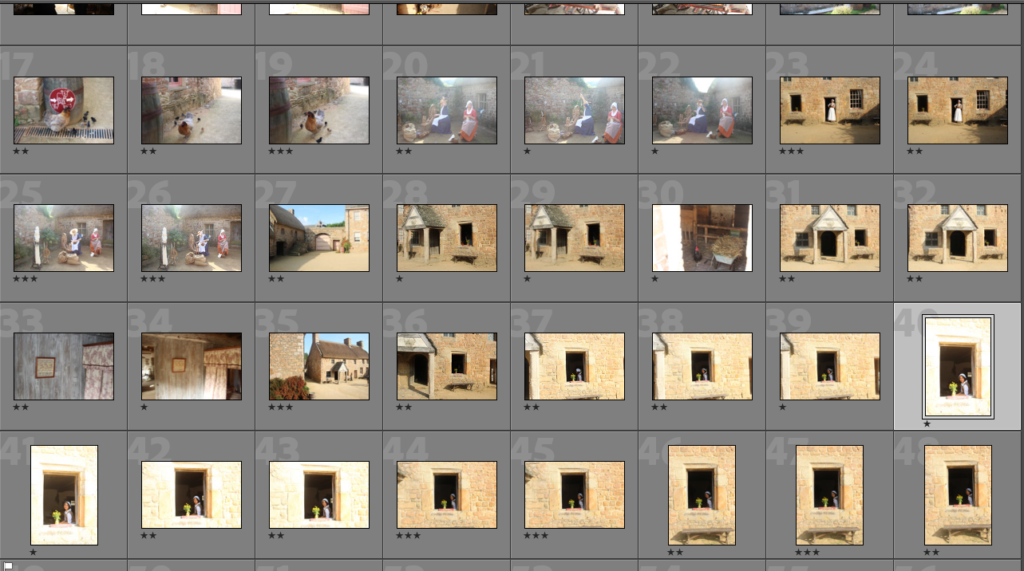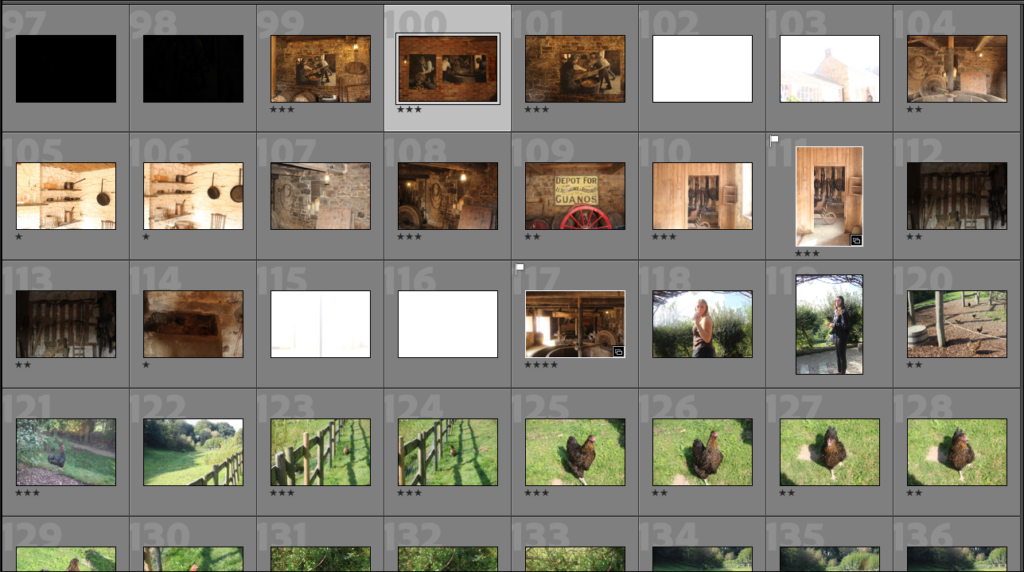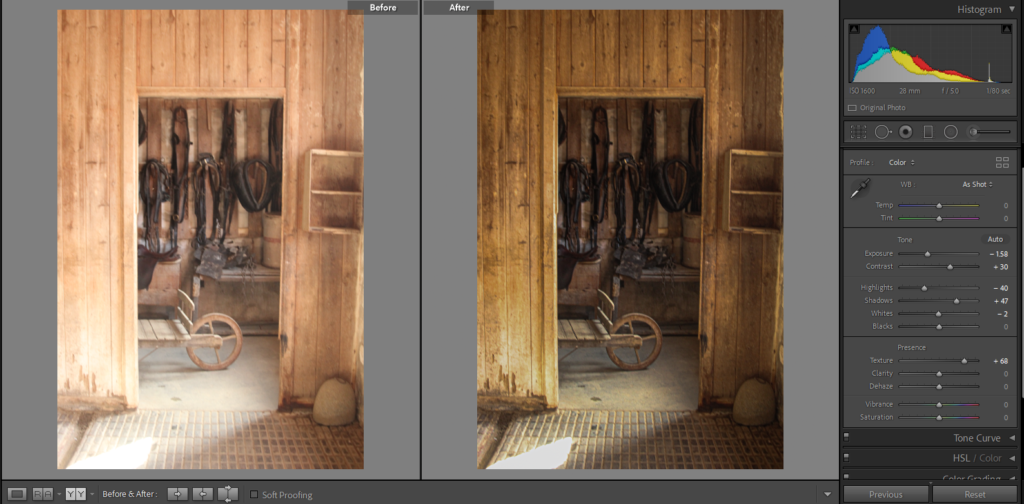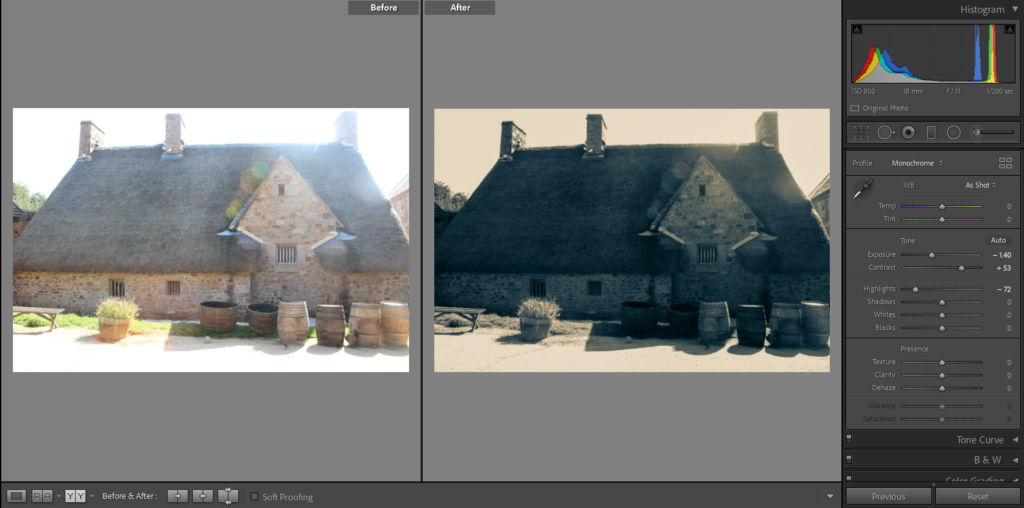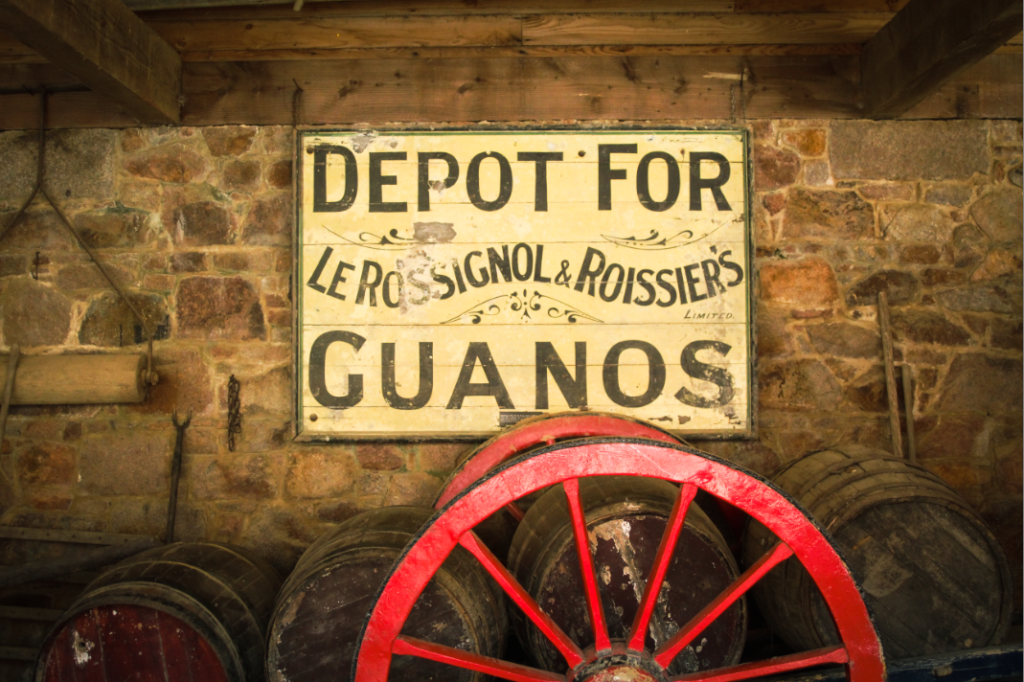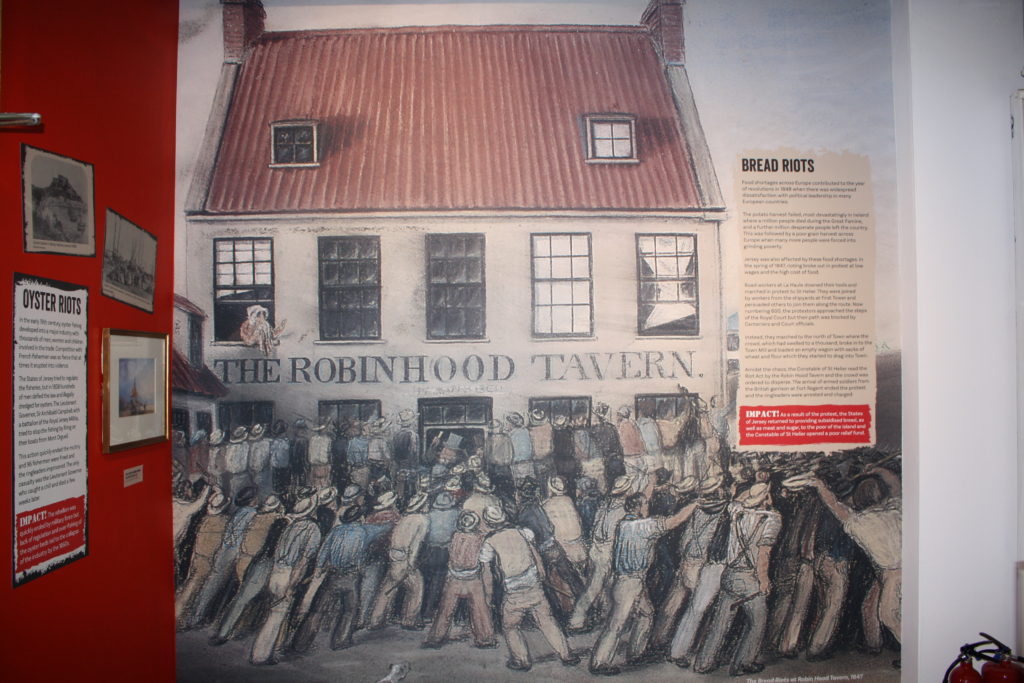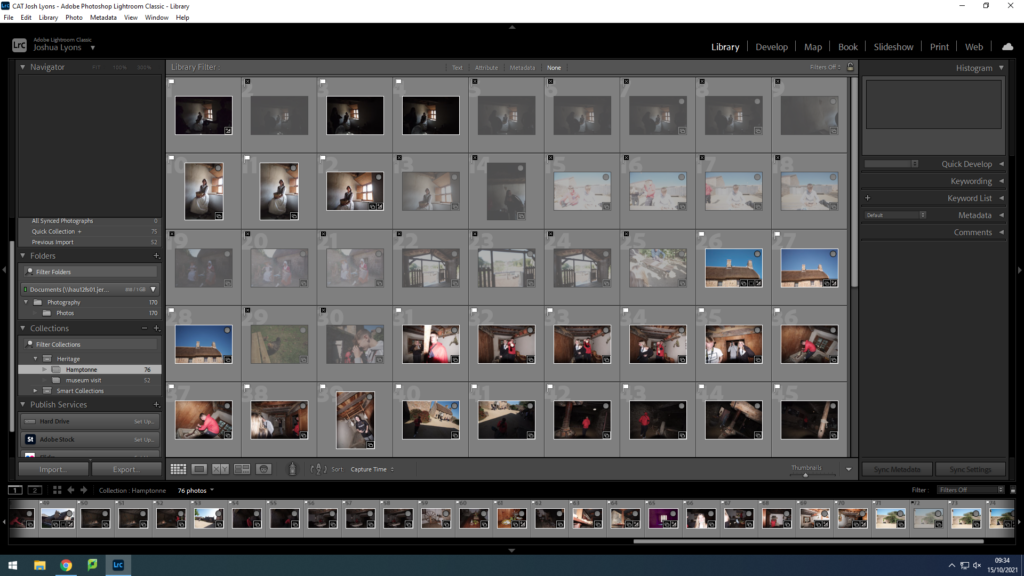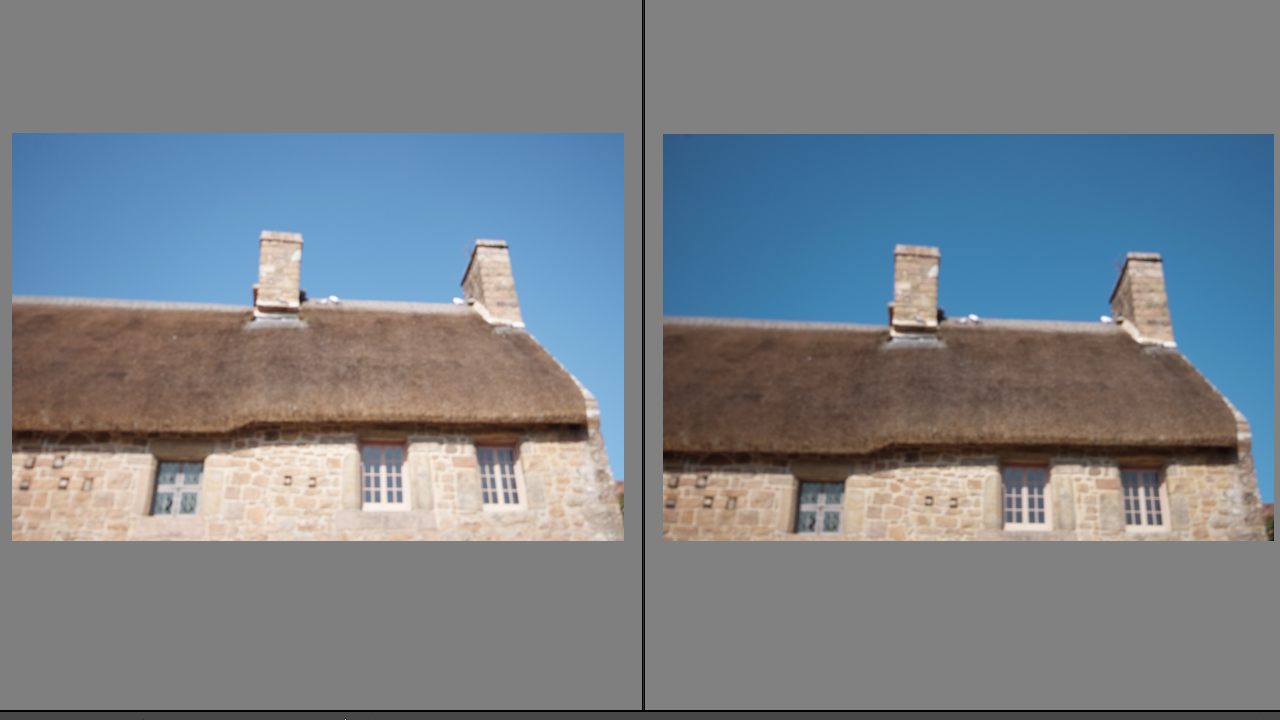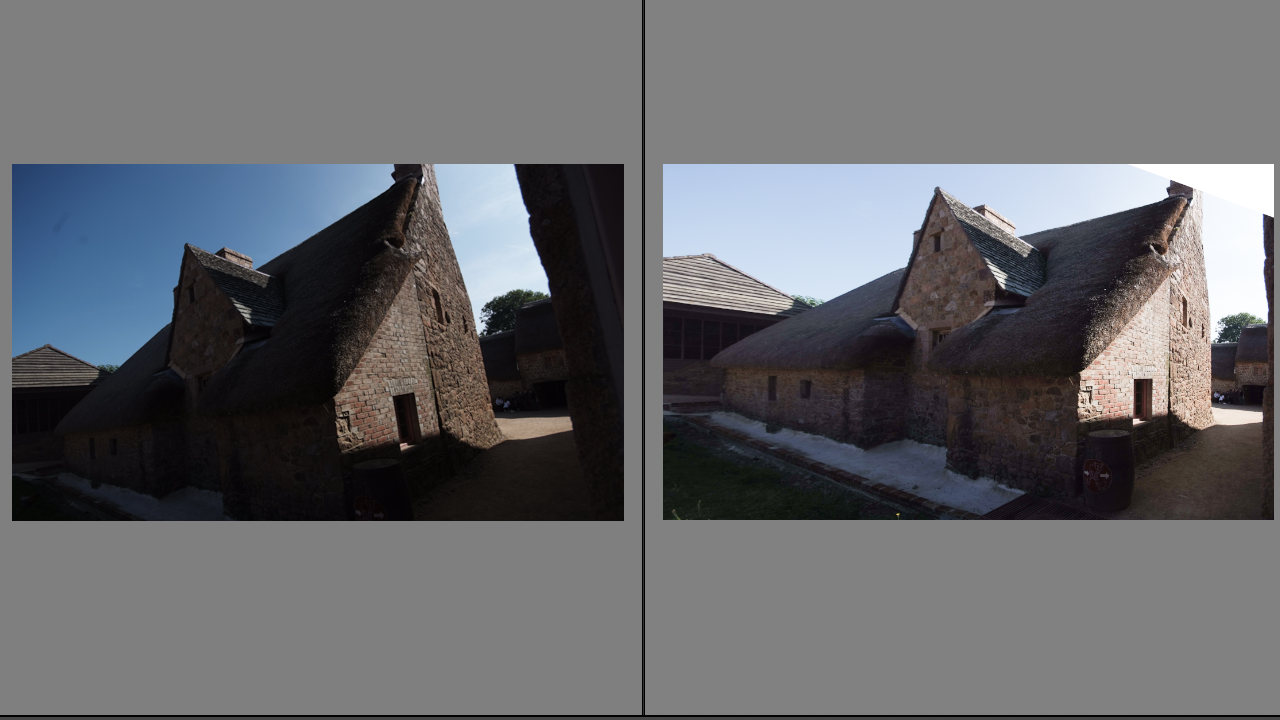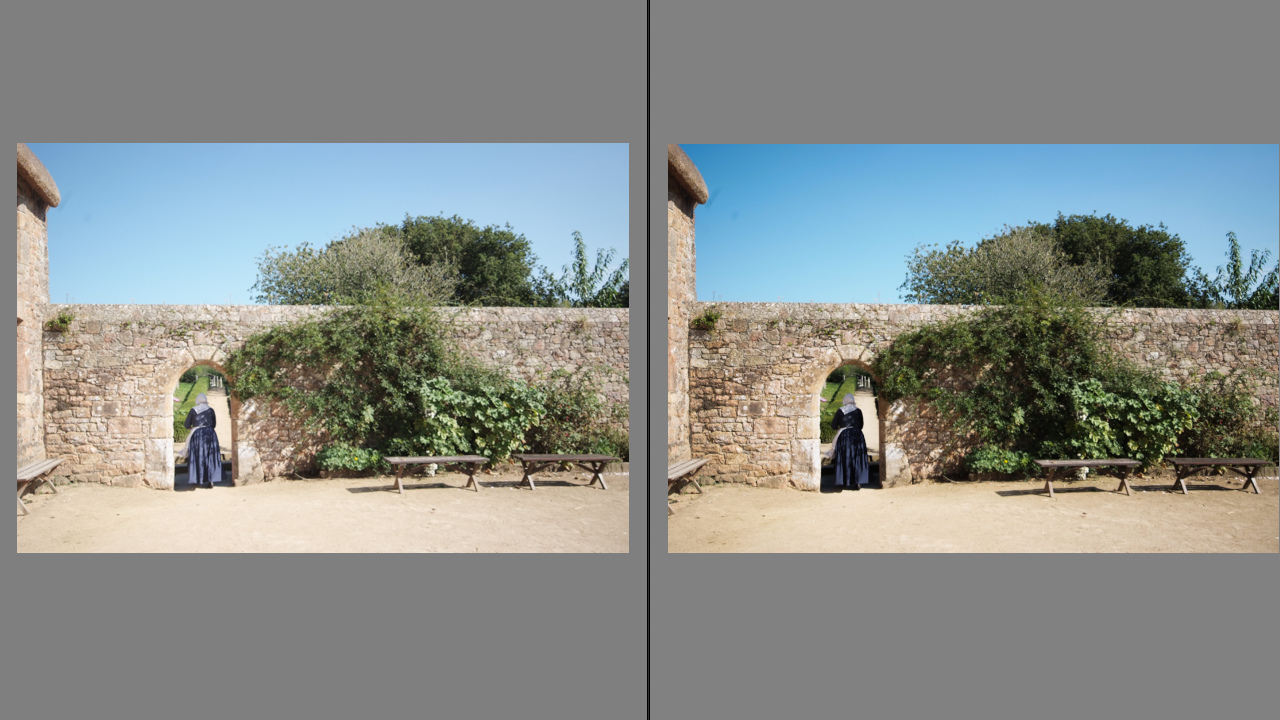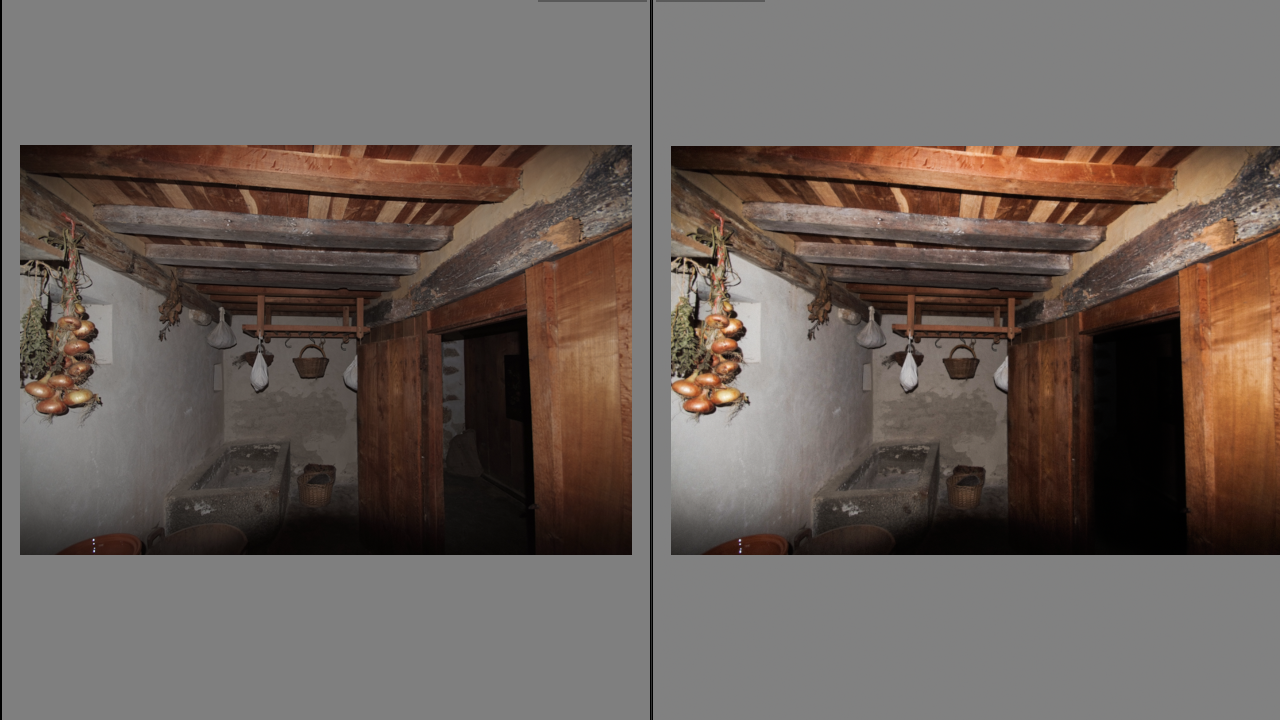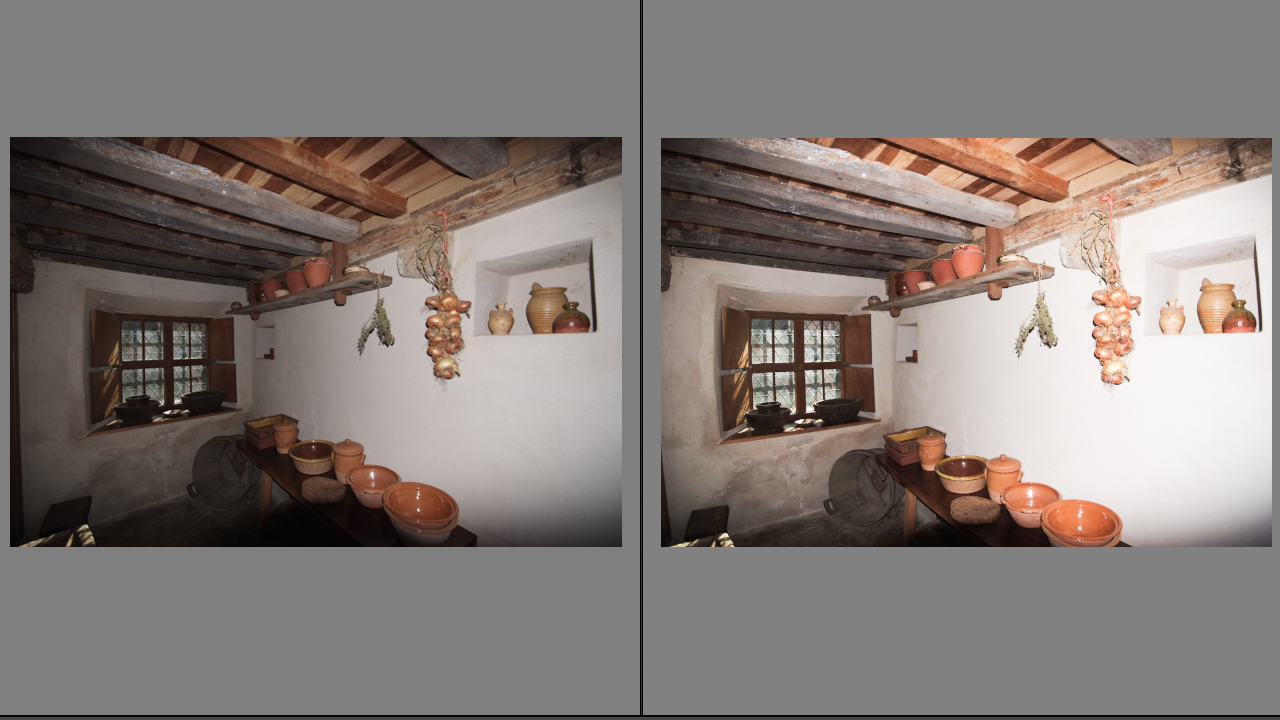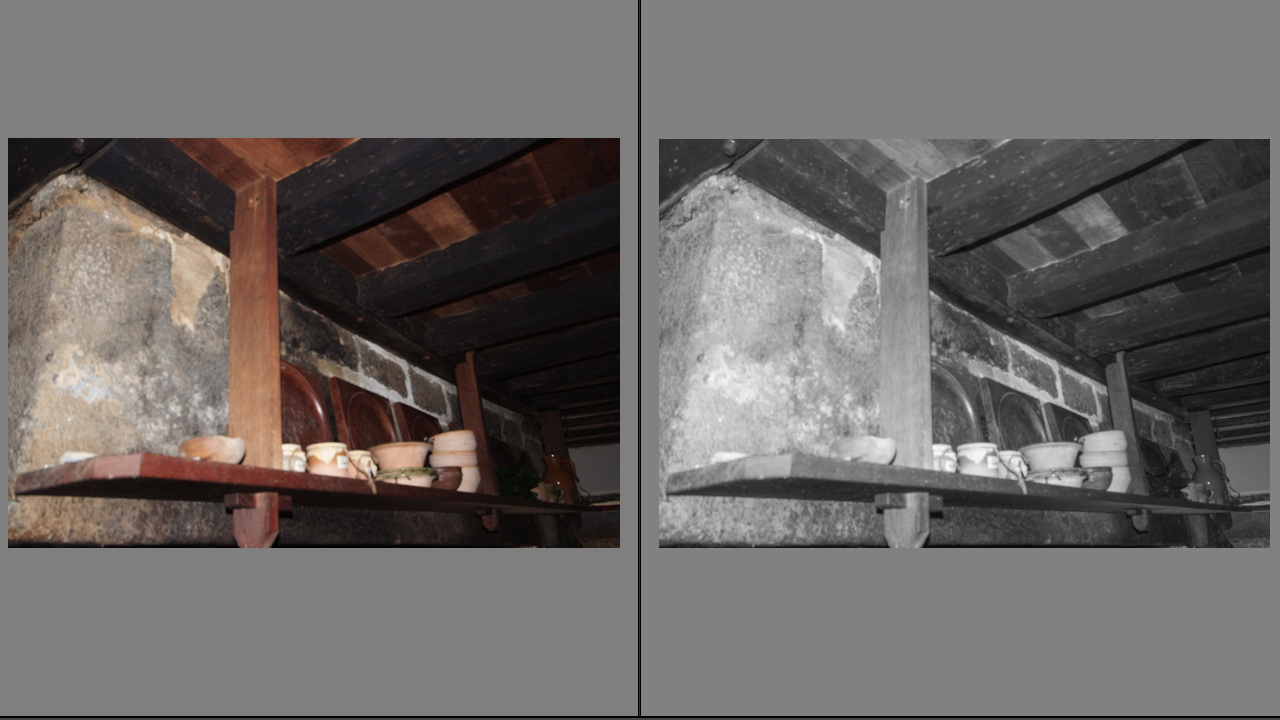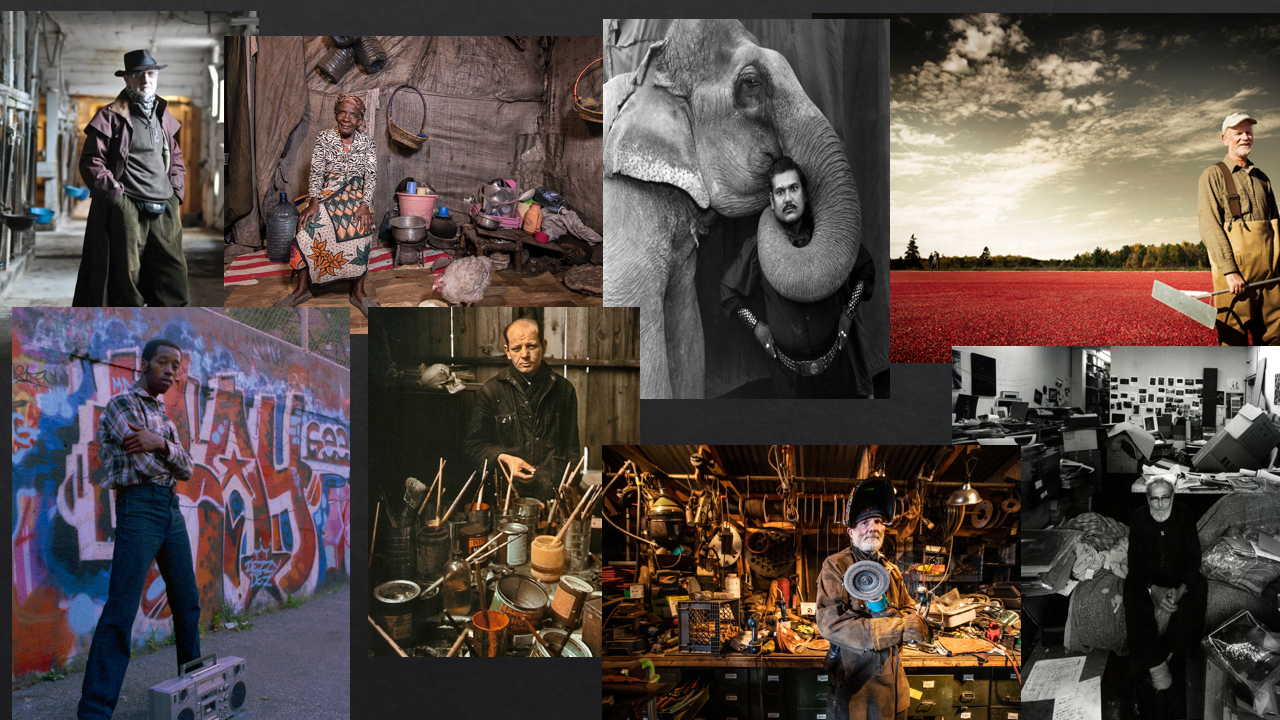

Environmental portrait is a portrait executed in the subject’s usual environment, such as in their home or workplace, and typically illuminates the subject’s life and surroundings. The term is most frequently used of a genre of photography.
Arnold Newman
Arnold Newman was a celebrated American photographer known for his environmental portraits of artists, politicians and celebrities such as Pablo Picasso, Igor Stravinsky, and Marilyn Monroe. Arnold stressed that he was motivated by a genuine interest in his subjects, and in the craft of photography.
The artist died on June 6, 2006 in New York. His works are held in the collections of the George East Museum in Rochester, the Metropolitan Museum of Art in New York, the Art Institute of Chicago, and the Smithsonian American Art Museum in Washington.

Newman’s best-known images were in black and white, although he often photographed in colour. His 1946 black and white portrait of Igor Stravinsky seated at a grand piano became his most well known, and signature image.
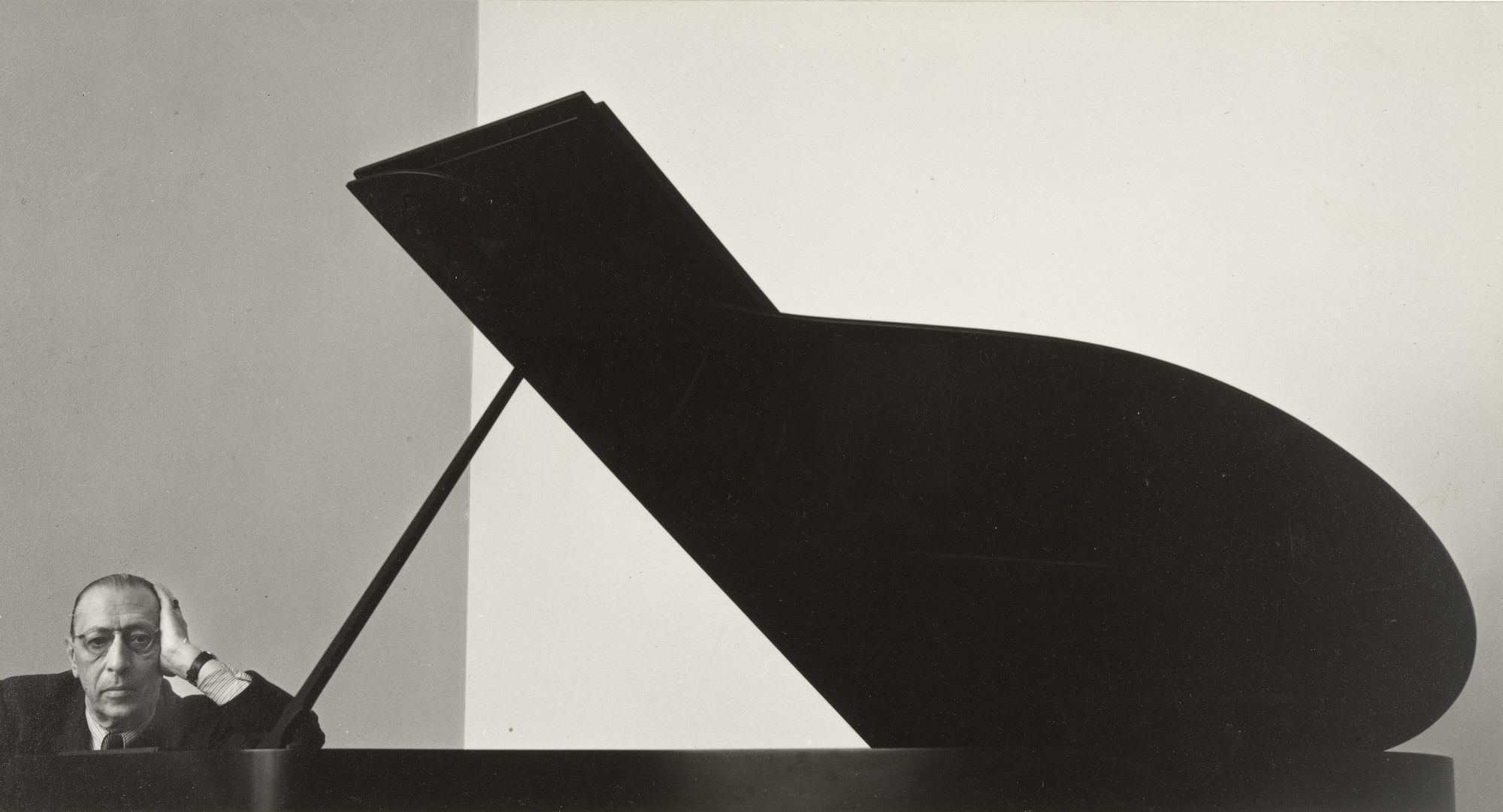
Stravinsky is pictured here with a piano, the top of the piano vaguely resembles a musical note, resembling Stravinsky’s life and career.

